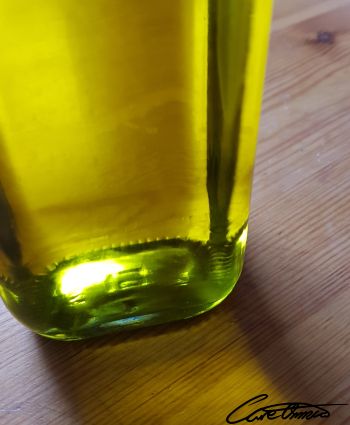What Is Octadecadienoic Acid (18:2 c) & What Foods Can I Find It In?
Octadecadienoic acid, also known as 18:2 c, is a straight-chain polyunsaturated cis fatty acid. It's the cis-isomer of Linoleic acid 18:2.
People have explored the use of supplements containing this fatty acid to potentially help prevent conditions like cystic fibrosis, dermatitis, and diabetes. However, the specific mechanisms behind these potential benefits remain somewhat mysterious.
It's worth noting that octadecadienoic acid is considered a natural anti-inflammatory and is believed to have anti-cancer properties.
Table of Contents
The Cis-Isomer of Linoleic Acid: Understanding the Chemistry
Let's delve a bit deeper into the science. 18:2 c is a special variety of Linoleic acid 18:2, and it also goes by the name octadecadienoic acid. (source ◳)
Now, here's the intriguing part: these two compounds share the same chemical formula, which means they have the same types and numbers of atoms.
However, their structures are distinct. This is where the concept of "isomers" comes into play.
Isomers are like chemical twins – they have the same molecular makeup, but their arrangement is different, resulting in unique properties and behaviors.
In the case of 18:2 c, its cis-configuration sets it apart from its sibling, Linoleic acid 18:2, and that distinction has important implications.
Understanding this distinction helps us appreciate the diverse roles these isomers play in our bodies and the world of chemistry.
Octadecadienoic Acid Is Polyunsaturated
Octadecadienoic acid is a polyunsaturated fatty acid commonly found in vegetable oils, nuts, seeds, and flaxseed. Studies have shown its effectiveness in reducing cholesterol levels and lowering blood triglycerides.
Polyunsaturated fatty acids are essential for maintaining a healthy brain and nervous system, aiding in cholesterol metabolism, and serving as building blocks for hormones.
Octadecadienoic acid is a significant component in both human and animal fats, oils, and edible oils. In fact, it's often added to various foods, including margarine, shortenings, and cooking oils.
Benefits Of Octadecadienoic Acid
Octadecadienoic acid is naturally present in the body and plays a crucial role in the structure of cell membranes. Some studies suggest that this fatty acid has strong anti-inflammatory effects, as it inhibits the production of nitric oxide and the expression of inducible nitric oxide synthase.
Additionally, researchers have uncovered potential health benefits associated with octadecadienoic acid, including anti-cancer properties, neuroprotective effects, and cardioprotective benefits.
Foods You Can Find Octadecadienoic Acid (18:2 c) In

Octadecadienoic Acid (18:2 c) is primarily found in fats and oils, nuts and seeds, legumes, and various vegetable-based products.
Some examples of food sources include:
Foods in our nutrition tool
For regularly updated top-ranked lists of foods based on nutrient content, you can access our nutrition tool.
If you're interested in foods containing higher levels of Octadecadienoic acid, we recommend using our tool. Here's our top-ranked list of foods that contain Octadecadienoic acid.

